10 Fish That Can Live in a Bowl Without a Filter
Anyone considering a simple aquarium setup should know that every fish needs clean, stable water. Even hardy species need steady temperatures, room to move, and consistent partial water changes. A planted tank with steady, gentle water movement can create a peaceful setup, yet no fish will thrive in a small, unfiltered bowl. The species listed below can cope with minor changes when properly cared for. However, they still need adequate room, temperatures that match their natural environment, and consistent maintenance.
White Cloud Mountain Minnow
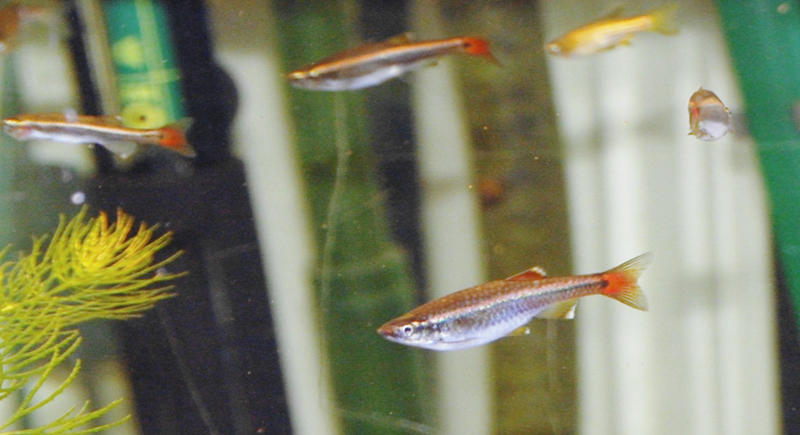
Credit: Wikimedia Commons
These cool-water minnows thrive between 60°F and 72°F and require strong oxygen levels. They come from mountain streams in China, where conditions remain stable. Although they’re hardy, they need a clean tank with sufficient space to school properly. A planted setup supports their behavior and helps maintain a steady water level. Their colors appear best when the environment remains cool and the water quality remains consistent.
Betta Fish
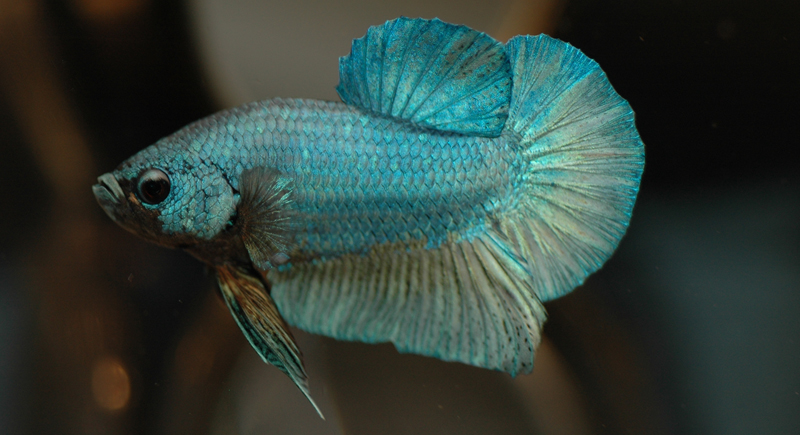
Credit: Wikimedia Commons
Bettas can breathe air at the surface thanks to their labyrinth organ, yet they still depend on clean water and a stable, warm temperature near 76°F. Although their native environments in Southeast Asia are shallow, those waters benefit from natural filtration rather than sitting still. Giving a betta at least 5 gallons helps reduce stress and keeps waste from building up.
Endler Guppy

Credit: Wikimedia Commons
Bright colors and small size make endlers popular. They grow to around 1 to 1.5 inches and prefer warm, stable water. Their waste output is moderate, so regular partial water changes remain essential. A planted tank provides cover while helping beneficial bacteria establish themselves. Endlers can tolerate mild shifts better than some fish, but filtration or a well-established planted system is essential for their long-term health.
Sparkling Gourami
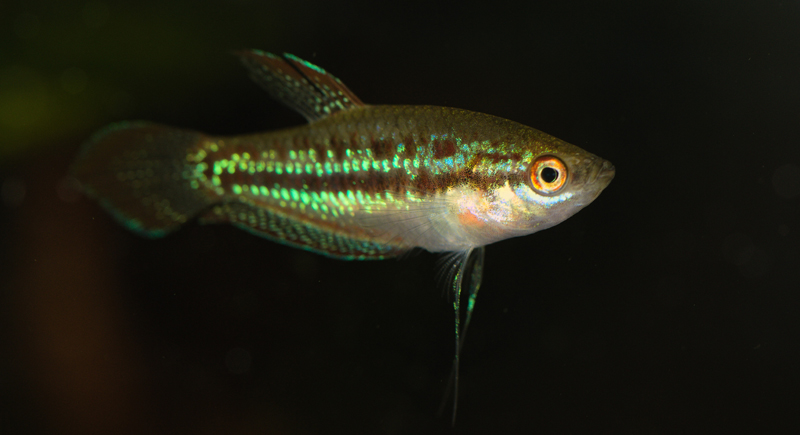
Credit: Wikimedia Commons
This small labyrinth fish can take in surface air, yet it’s still sensitive to poor water quality, so stable, clean conditions matter. Sparkling gouramis originate from calm, plant-filled habitats in Southeast Asia, and they thrive in tanks with ample greenery and shaded areas. Their patterns show clearly in softer light. Warm water and calm companions keep them active and comfortable without feeling crowded.
Pygmy Corydoras
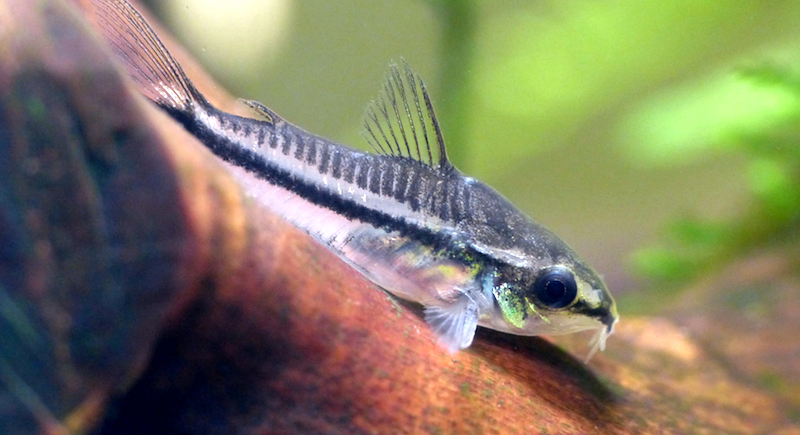
Credit: Wikimedia Commons
Pygmy corydoras stay active in small groups and do well when the tank is clean and well-maintained. They may rise to the surface for a quick gulp of air now and then, but that doesn’t reduce their need for fresh, filtered water. A smooth substrate keeps their barbels in good shape, and steady warm temperatures help them move comfortably through their routines. With this species, regular upkeep makes the biggest difference.
Zebra Danio
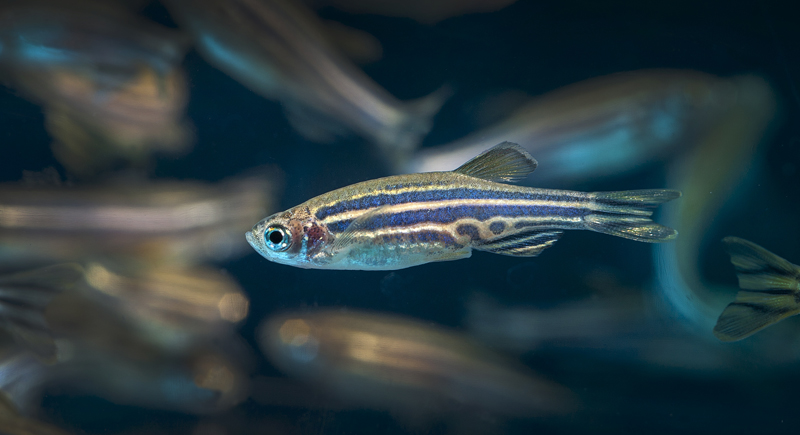
Credit: Wikimedia Commons
Zebra danios are always on the move, so they need well-oxygenated, clean water to stay healthy. A longer tank gives them enough room to swim in steady lines and keeps group behavior smooth. They can handle a fairly wide temperature range, yet they still benefit from consistent conditions and regular partial water changes. Clear water brings out their stripes and helps them maintain their usual energetic pace.
Tetra
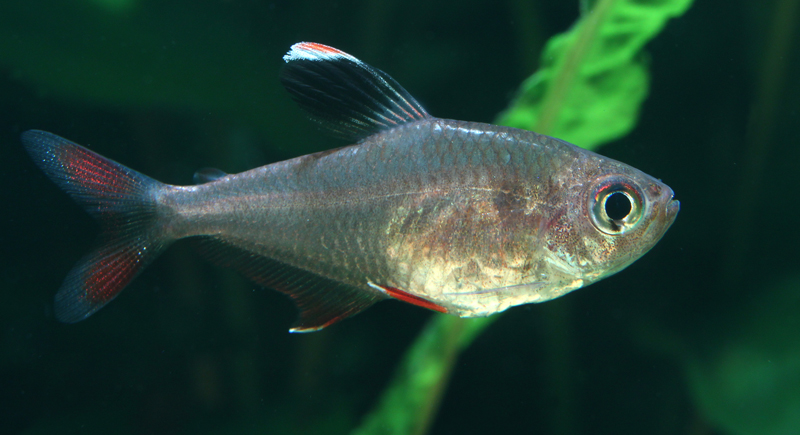
Credit: Wikimedia Commons
Tetras look their best when you keep them in a proper school with enough room to move together. Even though they’re often associated with plant-filled, naturally balanced waters, they won’t stay healthy in a tank that isn’t filtered. Warm, steady conditions help them stay comfortable, and a planted setup gives them places to slip into when they want to feel secure. With regular care, you’ll notice their colors stay bright and their schooling behavior stays smooth.
Guppy
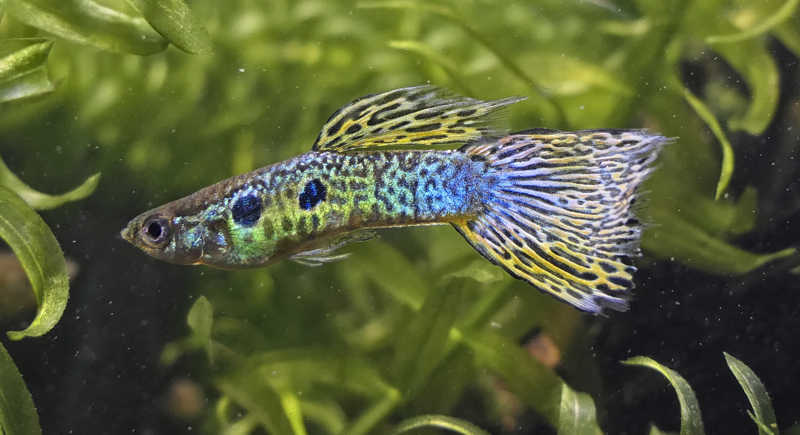
Credit: Wikimedia Commons
Warm water and stable conditions suit guppies well, and a planted setup helps them feel more secure. Their adaptability makes them beginner-friendly, but they still react poorly to ammonia. Since they’re livebearers, population control helps avoid overcrowding. Clean water and steady partial changes support their active nature. Keeping males and females separate when needed prevents unplanned increases in bioload and allows the tank to stay manageable.
Platy Fish
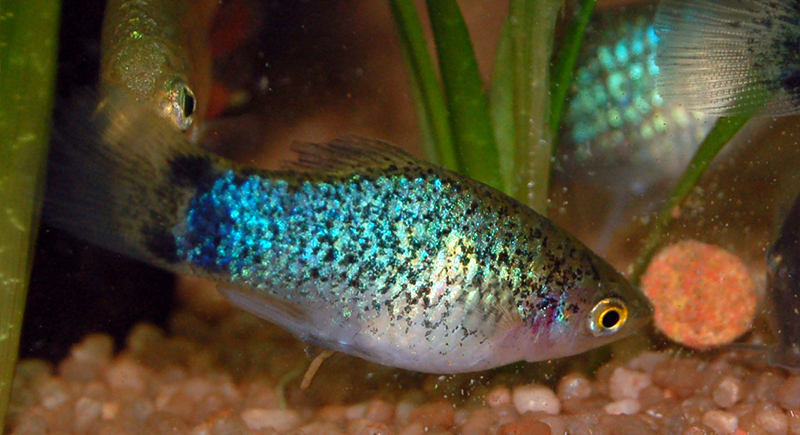
Credit: Wikimedia Commons
These Central American livebearers appreciate warm water and thrive when given ample room to swim through the tank. Their waste production makes filtration crucial, and maintaining clean conditions helps them avoid common health issues. Platies show off their colors best in tanks with a mix of open space and plant cover. They’re social and steady when water parameters remain stable, making routine care a crucial part of maintaining their health.
Molly
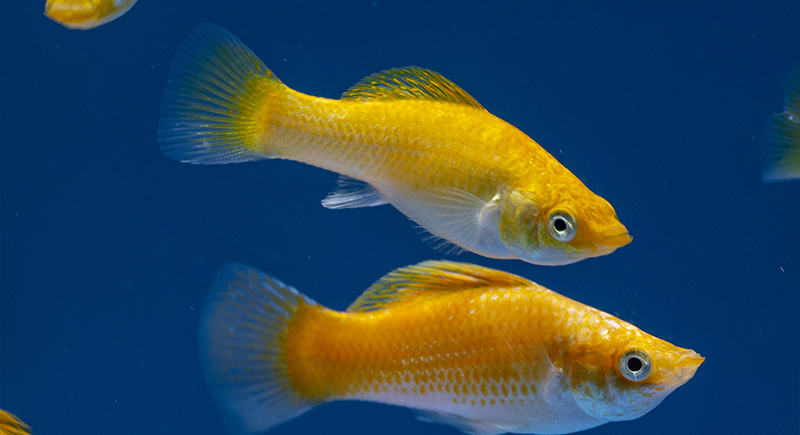
Credit: Wikimedia Commons
Mollies often surprise beginners because they grow larger than other small community fish and need mineral-rich water to stay comfortable. They come from freshwater and brackish environments, so they handle harder water well. Their higher waste output requires filtration and plenty of maintenance. A spacious, warm tank helps them stay active, and consistent care brings out their patterns. When the environment stays clean, mollies remain lively and engaged.